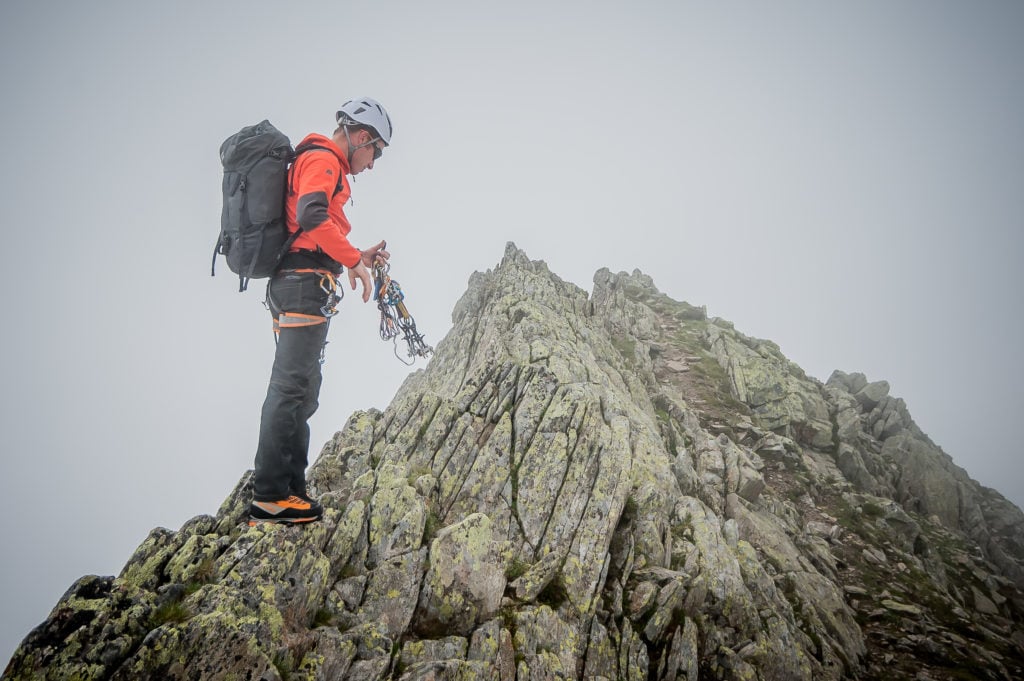High top shoes
What are their advantages? When should you choose them over low or medium shoes? Let's find out the main things you need to know about high top shoes.

Also known as high-top shoes, high-top shoes are perhaps the most common hiking boots found on the market. However, while they provide better ankle support, better foot protection and are often more durable than their low- or mid-cut cousins, they are also heavier and warmer. It is therefore sometimes preferable to opt for softer, lighter shoes, for example for dynamic outings or in hot, dry weather.
Brief definition
High top shoes are hiking or mountaineering shoes that completely enclose the ankle above the malleolus. If you find it difficult to tell them from mid shoes, remember that they have at least two hooks above the ankle, as opposed to one for mid shoes. This means that they provide better support for the ankle, giving it a firm hold, allowing the walker to tackle any terrain and obstacle safely. High boots also better protect your feet from the weather and natural elements, such as rocks on the road or unpredictable rockslides. They are ideal for long or technical hikes in mountainous areas, if you don't want to be too fast, as they are also the heaviest and warmest shoes.
When to choose hiking boots
Each type of terrain and each type of hiker has its own type of shoe: low, medium or high. Let's take a look at when to choose high-top shoes.
For treks and long hikes: on a long hike, you always carry more. Rucksack, water, food, even a bivouac, the weight is quickly multiplied compared to a shorter trip. The joints, and in particular the ankles, are put under greater strain. It is therefore important that they are well supported, which is the case with high-top shoes. For even better weight distribution, consider using hiking poles as well.
For technical terrain with steep inclines: As well as high loads, steep inclines put a lot of strain on the ankle. If you plan to hike in mountainous areas, with sometimes steep slopes and inclines, again it is important that your ankles are well supported.
For steep and uneven terrain: on rocky, obstacle-laden or unstable ground, a twist can happen quickly. If you don't want to end your outing with a sprained ankle, it is essential to prevent this kind of accident, and high boots are the best way to do this.
Bad weather: there is perhaps nothing worse than getting your feet wet in the middle of a hike. For the same material, a high top shoe will be more waterproof than a low top shoe and your foot will be drier.
For mountaineering or high altitude hiking: high top shoes are the most suitable for high altitude, they protect more from cold and bad weather. They are generally equipped with stone guards and side reinforcements for even better protection. There are also shoes specially designed for mountaineering or winter models, which are warmer and higher.
If you repeatedly sprain your ankle: if your ankle is already weak and you risk spraining it at the slightest mistake, then opt for high-top shoes, whatever the terrain.
If you want shoes that last: in general, high shoes are made of more durable materials than mid or low shoes, are more resistant to abrasion and are more often equipped with stone guards and reinforcements. This means that they generally wear out less quickly and last longer.
